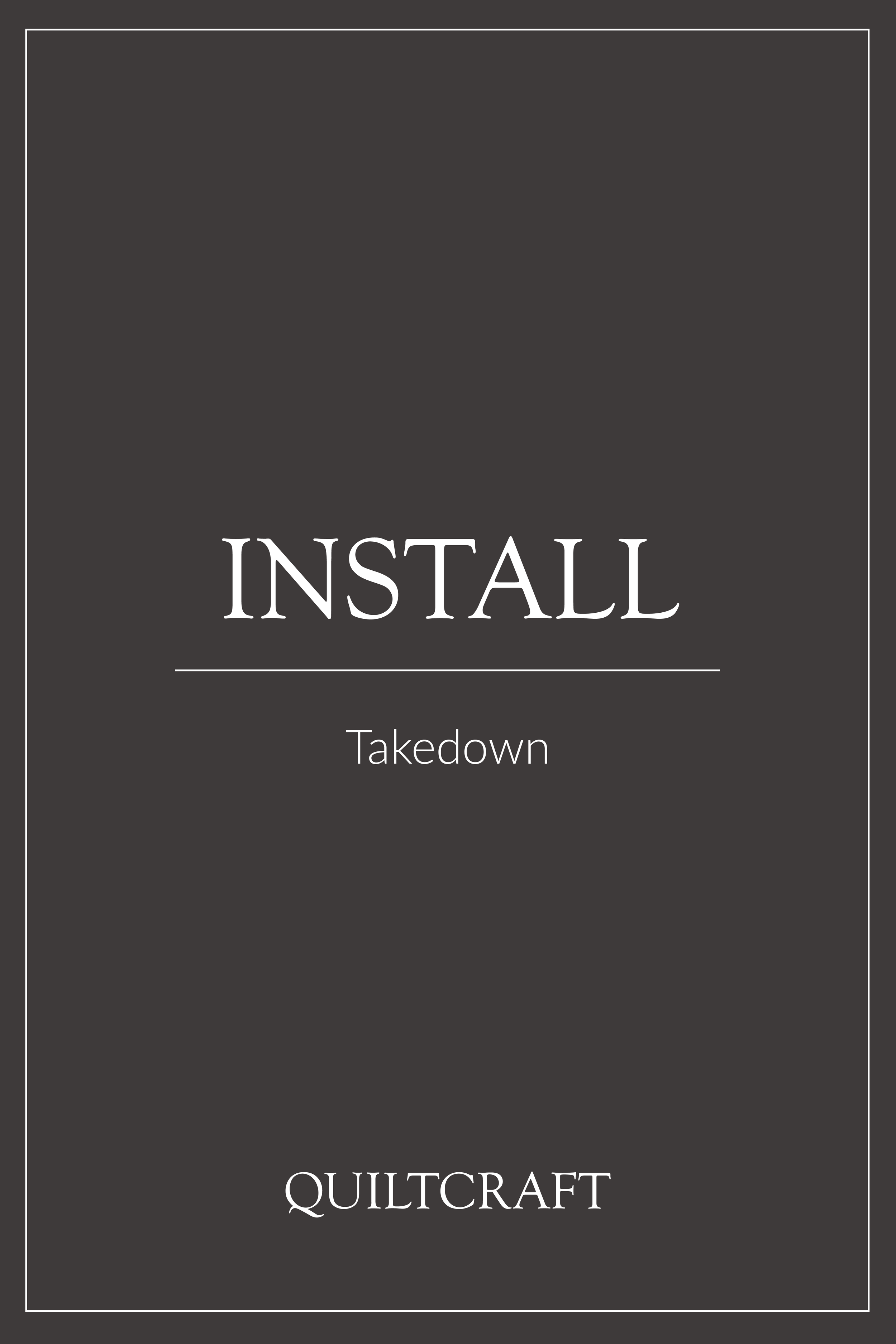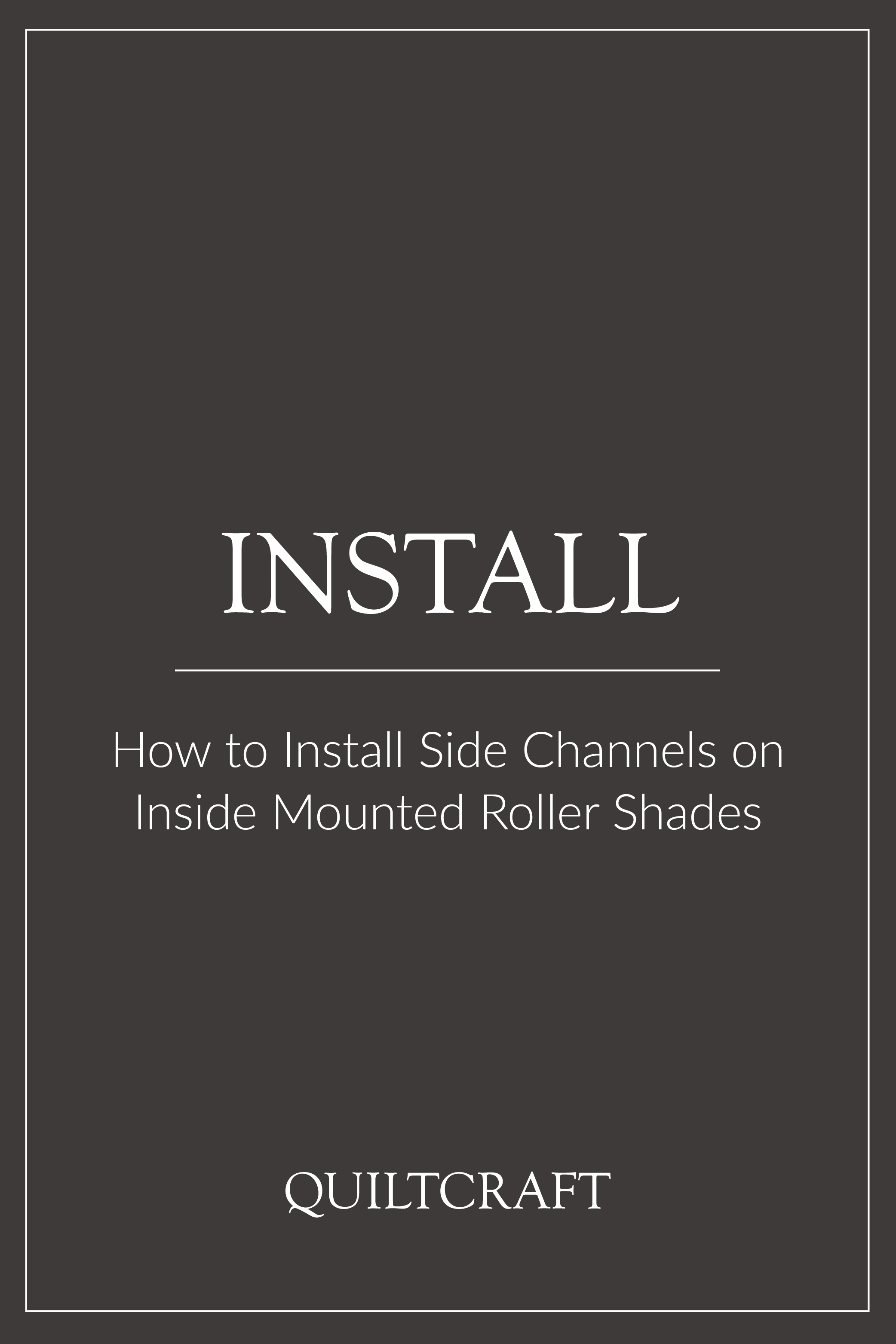6 Things To Know About Window Treatment Installation
A huge part of a drapery manufacturer’s role in the hospitality industry has to do with installation of the product that is produced. If installation does not go smoothly then it doesn’t really matter how well the drapery is made or how beautiful the design is. This being said, we often have customers ask us to clarify what is involved in setting up a hospitality installation. While in no way is the below an exhaustive explanation, we’ve typed up a six crucial points that should help you along the way (alright to be honest we squeezed a few more thoughts in there, but six just sounds reasonable). Check them out!
1. The installation schedule is created by the General Contractor or Property Project Manager.
It is highly recommended that drapery be installed after the furniture is already in the room, as this limits any damage, staining or wear that may occur with other trades coming in and out of the room.
Installers will need easy access to the windows for installation (meaning all furniture in the room should be away from window or out of the way) and typically need to be the last contractor in the rooms.
When installers leave the room after drapery installation, the room will be in ‘broom clean condition’, meaning all packaging will be removed and dust will be swept up. This means that vacuuming, the wiping down of case goods, and furniture layout is not something done by an installation team.
2. Make any alternations to the schedule 2 weeks prior to the installation date
Regardless of whether an installer is contract or works for the drapery manufacturer directly, they all keep schedules. Therefore it’s a good rule of thumb that anything inside of the 2 week range becomes harder to adjust and we may ask for some flexibility on the property’s part.
Painting needs to be done prior to install to ensure drapes/hardware/shades do not get damaged.
3. Send your drapery PM the installation/construction schedule in advance!
It’s understood that things change and rarely does anything stay on schedule. Nevertheless a construction schedule offers some semblance of the pace of the project and allows installers to know a range of when a project will be scheduled so they know when to come in to put the product in place.
4. Keep in mind that unloading product, checking it and staging installation takes at least one day
It is the goal of project managers to have product deliver the same day our installer arrives onsite in order for them to sign for and unload the product. This means that some of the 1st day involves unloading product, checking it and staging installation.
It is possible that you request product arrive earlier and accepted by the property themselves (in order to limit the time installers are onsite) but this process will require property approval to be sent to the project manager in charge.
The actual shipping coordination is yet another issue that can cause headaches. Make sure to read 'Shipping Hospitality Freight: The Basics' & '4 Potential Window Treatment Freight Hiccups Before Installation'.
5. An installation team can complete 25-30 windows per day
That’s what it’s typically estimated and it happens between 9 am & 5 pm (this does not include take down of existing product). The need for extra installers, or multiple days per trip to accommodate more than 30 rooms, are specifics that are best discussed with the drapery project manager.
6. Overcommunication is great communication
The slightest of changes, or extra details are always welcome. Remember that communicating with the project manager is a must, not the onsite installer.
While some window treatment manufacturers do not include installation as a part of their services, here at Quiltcraft, we offer turnkey solutions from measure and project management to fabrication and installation.
Good luck with your future installation. Just remember your drapery project manager is your friend. We assure you they will do everything they can to make it work.
Check Out Other Installation Related Posts









